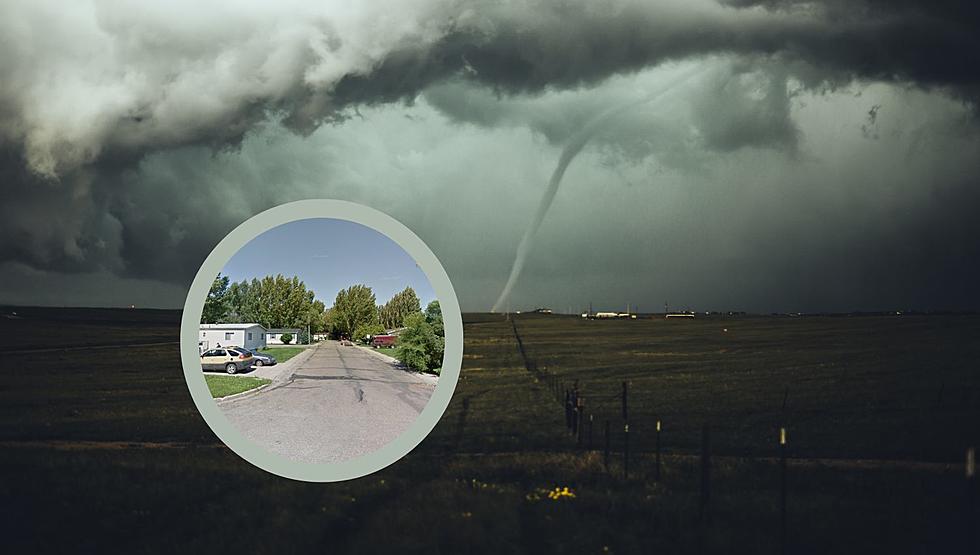
Another North Dakota Snowstorm Looming This Weekend
UPDATE: Winter Storm Watch has been issued for our entire listening area:
This of course includes Bismarck Mandan. According to the National Weather Service in Bismarck, 5-10 inches of snow with locally higher amounts are possible. Winds gusting to 40 miles per hour could make travel very dangerous.
This includes most of southern North Dakota and will run from late Saturday night until Monday morning.
Another dreaded "Special Weather Statement" has been issued for a chunk of North Dakota.
Significant winter weather that could cause travel problems is possible for this Sunday, March 5th over much of the I-94 corridor once again. The heaviest snow however appears to be favored in the Valley City to Fargo areas.
So, how much snow are we talking about? The National Weather Service is calling for snow over 4 inches with localized heavier amounts. They also added that large snowfall gradients are possible in individual counties. Strong north winds are expected to develop with this system creating hazardous driving conditions.
The National Weather Service also added this storm has similarities to the storm that hit the region earlier this week which brought over a foot of snow to several areas including Bismarck Mandan.
A Special Weather Statement was issued for the Bismarck Mandan area earlier this morning for Sunday, but the National Weather Service has since dropped this statement from our area.
Does this mean we are out of the woods for heavy snow in Bismarck Mandan?
Not necessarily. The National Weather Service is still using the phrase "heavy snow" possible for Burleigh and Morton counties on Sunday in our local forecast. What constitutes "heavy snow?" Your guess is as good as mine but you can bet it's greater than 4 inches of snow.
Once again, you can expect "watches", "warnings", and "advisories" to be issued for this system as earlier as later today (Friday, March 3rd). We will continue to monitor the situation and keep you up to date right here and on your favorite Townsquare Media Station.
LOOK: The most extreme temperatures in the history of every state
These Are The 10 Best Dive Bars In North Dakota
More From 96.5 The Walleye









